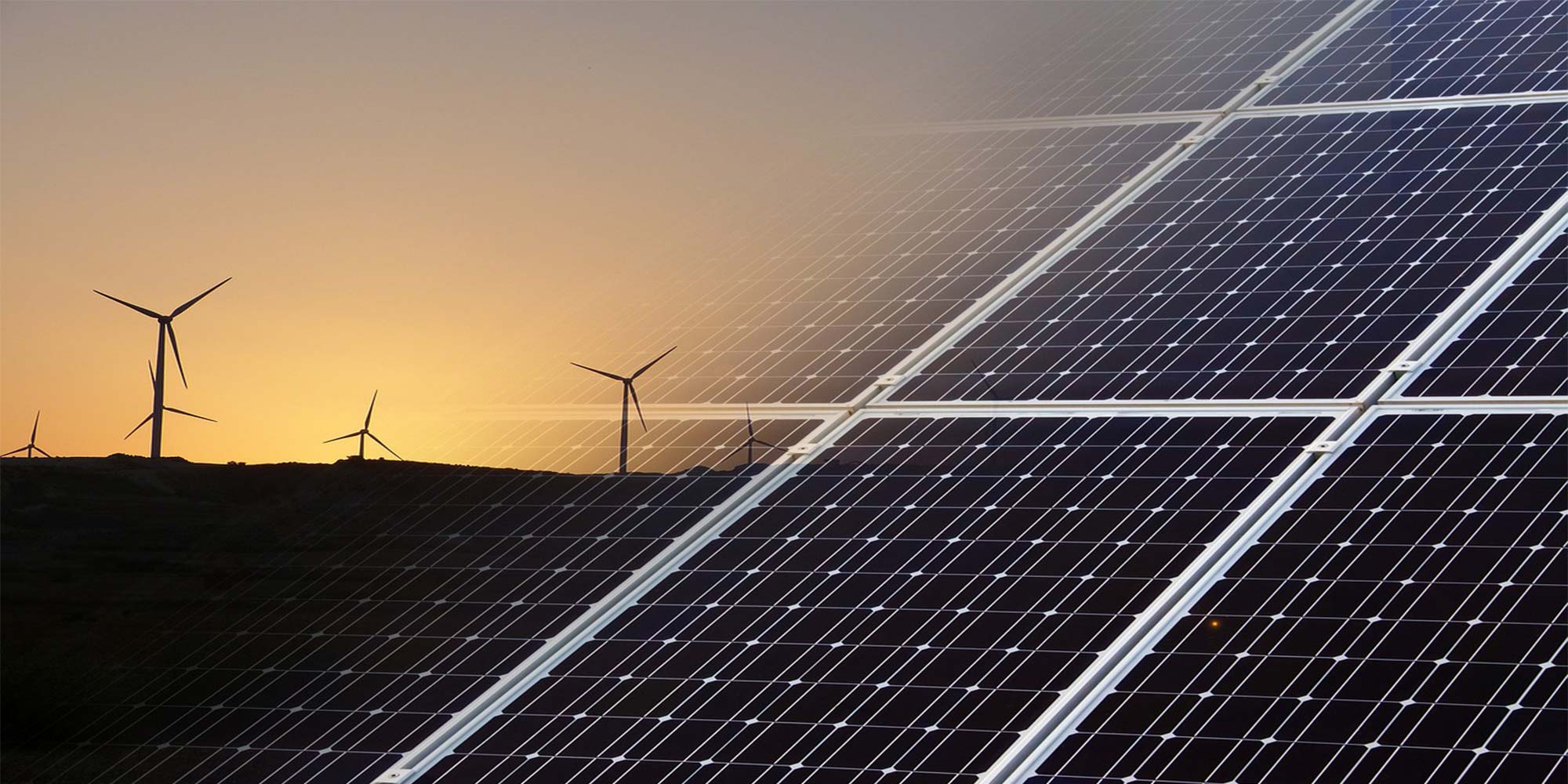Introduction:
Renewable energy has emerged as a key solution in addressing the dual challenges of climate change and energy sustainability. As the world seeks cleaner, more sustainable alternatives to fossil fuels, renewable energy sources offer a promising path forward. In this comprehensive guide, we will delve into the world of renewable energy, exploring its various forms, technologies, benefits, challenges, and the role it plays in shaping the future of global energy systems.
1. Understanding Renewable Energy
Define renewable energy and explain its significance in the transition to a low-carbon economy. Discuss the key characteristics of renewable energy sources, including their abundance, sustainability, and environmental benefits compared to fossil fuels.
2. Types of Renewable Energy Sources
Explore the diverse range of renewable energy sources, including solar energy, wind energy, hydroelectric power, biomass, geothermal energy, and ocean energy. Describe how each source is harnessed and converted into usable energy, highlighting their unique advantages and applications.

3. Solar Energy: The Power of the Sun
Dive into the world of solar energy and its potential to revolutionize global energy production. Discuss the photovoltaic effect, solar panel technology, and the different types of solar power systems, including rooftop solar panels, solar farms, and concentrated solar power plants.
4. Wind Energy: Harnessing Nature's Breeze
Explore the mechanics of wind energy and how wind turbines convert the kinetic energy of the wind into electricity. Discuss the different types of wind turbines, including horizontal-axis and vertical-axis turbines, and the factors that influence wind energy production, such as wind speed and turbine design.
5. Hydropower: The Power of Moving Water
Explain how hydropower harnesses the energy of flowing or falling water to generate electricity. Discuss the different types of hydropower systems, including reservoir-based dams, run-of-river systems, and pumped storage facilities, and their applications worldwide.
6. Biomass Energy: Turning Waste into Power
Discuss the use of biomass as a renewable energy source, including organic materials such as wood, agricultural residues, and municipal solid waste. Explore the process of biomass combustion, gasification, and fermentation to produce heat, electricity, and biofuels.
7. Geothermal Energy: Tapping into Earth's Heat
Explore how geothermal energy utilizes the heat stored beneath the Earth’s surface to generate electricity and heat buildings. Discuss the different types of geothermal power plants, including dry steam, flash steam, and binary cycle plants, and their potential for sustainable energy production.
8. Ocean Energy: The Power of the Waves and Tides
Discuss the potential of ocean energy sources such as wave energy, tidal energy, and ocean thermal energy conversion (OTEC) to contribute to global renewable energy supply. Explore the technologies and challenges associated with harnessing energy from the ocean’s natural forces.
9. Benefits of Renewable Energy
Highlight the numerous benefits of renewable energy, including environmental advantages such as reduced greenhouse gas emissions, improved air quality, and conservation of natural resources. Discuss economic benefits such as job creation, energy security, and cost savings over the long term.
10. Challenges and Opportunities
Discuss the challenges and opportunities associated with the widespread adoption of renewable energy, such as intermittency, grid integration, land use conflicts, and policy uncertainty. Explore strategies for overcoming these challenges and maximizing the potential of renewable energy to meet future energy needs.
Conclusion:
Renewable energy represents a critical solution in addressing the urgent challenges of climate change and energy sustainability. By unlocking the power of the sun, wind, water, biomass, and Earth’s heat, we can transition to a cleaner, more sustainable energy future. Embracing renewable energy is not just a choice; it’s a necessity if we are to build a brighter, more sustainable world for ourselves and future generations. Let us join together in harnessing the power of renewable energy and shaping a cleaner, greener future for all.